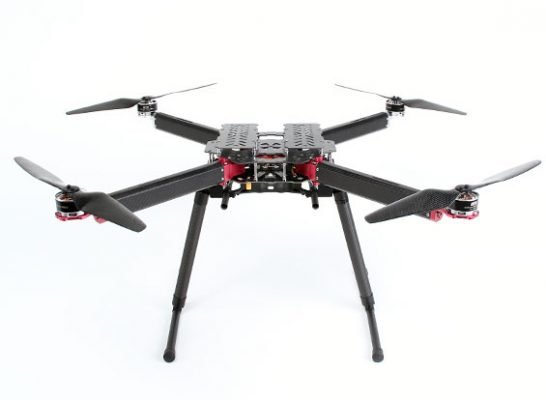
The prediction by Tesla and SpaceX CEO Elon Musk that future wars would be fought by autonomous drones and not by legacy aircraft may well come true if the recent bombing of Saudi oilfields by drones launched by Yemen is a case in point.
“Drone warfare is where the future will be. It’s not that I want the future to be – it’s just, this is what the future will be,” Musk told US fighter pilots in a fireside chat. Notably on September 14 last year, drones were used to attack the state-owned Saudi Aramco oil processing facilities at Abqaiq and Khurais in eastern Saudi Arabia.
The attack saw 18 low-cost drones (along with cruise missiles), supposedly deployed by Houthi rebels in Yemen to attack the Saudi oil facilities, caused oil prices to jump more than 10 per cent in a day.
In recent years, unmanned aerial vehicles (UAVs) or drones are coming into increasing use ranging from logistics and mapping support to destroy things remotely. What makes them lethal and effective for warfare are advancements in video-camera techniques, precision operations with improved GPS, stealth operations and faster speed. In fact, capability improvements can be seen from India’s own drone procurement and manufacturing.
It was three decades ago in the 1990s, when the Indian Army bought Israeli drones for recce and surveillance. But this year, an order was placed for more than 50 Harop attack drones from Israel. Meanwhile, state-run Defence Research and Development Organisation (DRDO) and a clutch of private Indian companies too have started to develop UAV technologies.
However, a drone type of contraption which could be remotely controlled or what was than called radio controlled was first reported to have been experimented in 1849.
Around the 1930s, the US and British armies independently developed the first radio-controlled (RC) aircraft. Development and usage of such drones continued to be predominantly for warfare by the military. Towards the end of the 20th century, flying RC aircraft as a hobby grew substantially, while other non-military commercial applications were also explored by governments and corporations alike away from the public eye.
The DRDO Rustom is a Medium Altitude Long Endurance unmanned air vehicle (UAV) being developed by Defence Research and Development Organisation for the armed forces.
Unlike military drones that can cost more than $15 million and look like small airplanes, mini quadcopters can be obtained for a few hundred dollars—and their capabilities are also being explored by criminals who have begun using drones to drop drugs into prisons. ISIS used them to drop crude bombs on US and allied forces in Iraq and Syria.
It is the widespread availability of commercial drones that poses the largest threat. Almost everybody who uses a drone in the US—and the Federal Aviation Administration has licensed more than a million operators—flies by the rules. But not everyone, and perhaps the major lesson of 9/11 was to look for threats from unexpected places, especially overhead.
But what is of concern to experts in this country is that if an attack similar to the one on Saudi Arabian oil fields occurs where a ‘swarm of drones’ are used to carry out such coordinated attacks, it would indeed be catastrophic for a country like India which is not prepared yet.
“Rogue drones or unmanned aerial vehicles pose the biggest challenge for the future, as they can easily target a nation’s critical infrastructure like gas fields and airports,” said Pankaj Kuchhal, General Manager, Technical, Indian Oil Corporation.
At a discussion on “Countering Drones” at the DefExpo 2020 in Lucknow, panelists said it was time to put in place an advance mechanism that can neutralise threats from the aerial miscreants.
However, the main challenge lies in detecting drones as they fly very low and often go undetected by radars.
Sunny Sharma, CEO of Bangalore-based IIO Technologies Private Limited, suggested the use of radio frequency or RF, which he said was way more effective than radars in detecting drones. Once detected, rogue drones can be jammed. Most of the other experts also said jamming was an effective technique.
Sharma stressed that besides technology, drone users must also be educated as many users of the flying object can trigger a catastrophe unintentionally. “Counter-rogue drone strategies are meant for criminals, whereas clueless or careless users need to be educated,” he added.
The experts were of the view that one counter-strategy may not work, and therefore a combination of measures should be devised to ground the aerial enemy.
Amber Dubey, joint secretary in the civil aviation ministry, said the central government would lay out the guidelines on use of drones in the coming months so that their misuse is checked. “A firecracker dropped from a rogue drone on a large crowd will not kill anyone, but it would be enough to cause a stampede. And that’s a big scare. Hence steps to counter such objects are required,” he said.
Lt General (Retd) Sanjeev Madhok said at present it’s “cat and mouse chase,” between experts and attackers.
“The key is to stay ahead of criminal minds so that they are not able to disrupt our daily lives by aerial means,” the former Army officer said.









